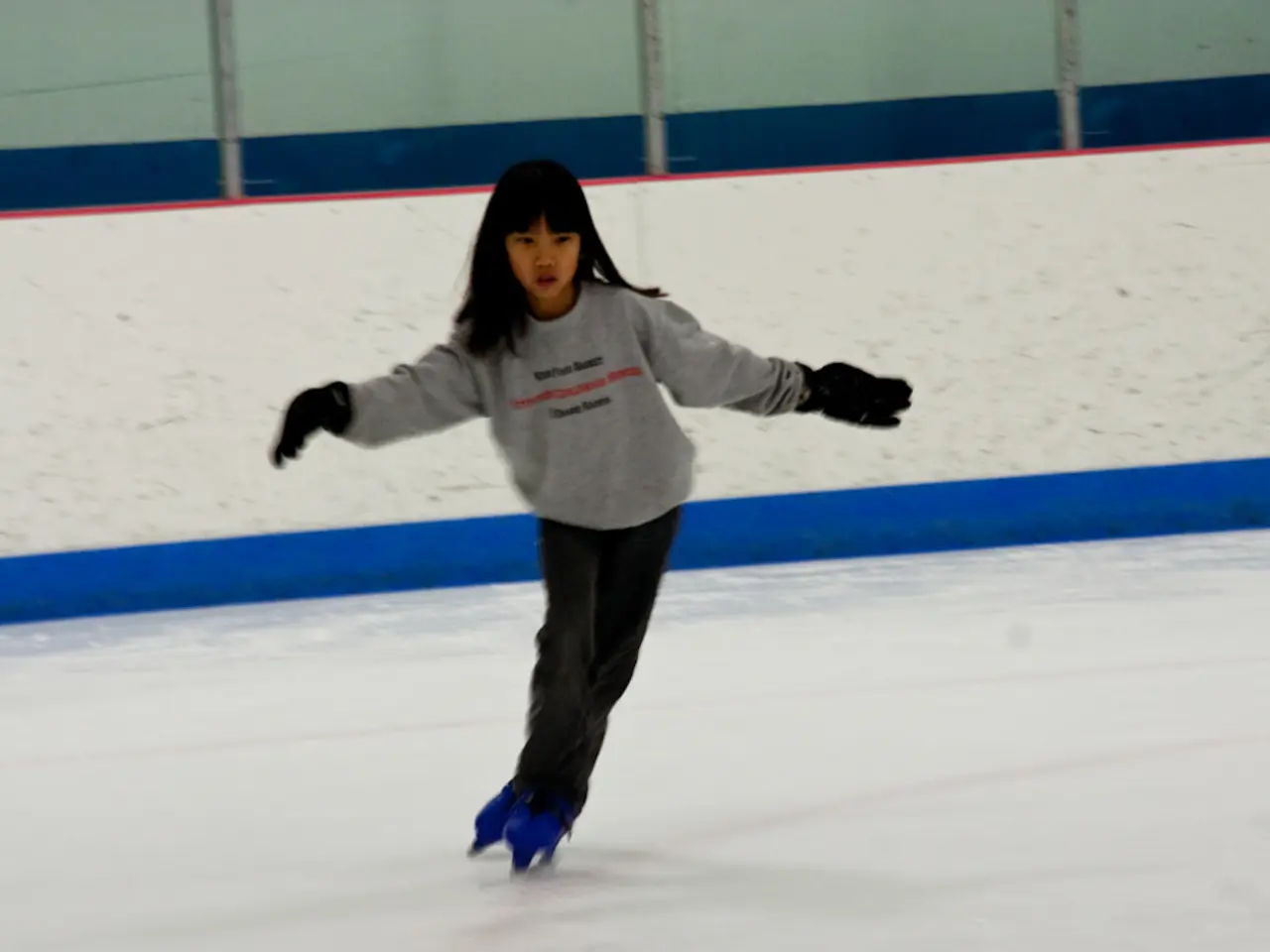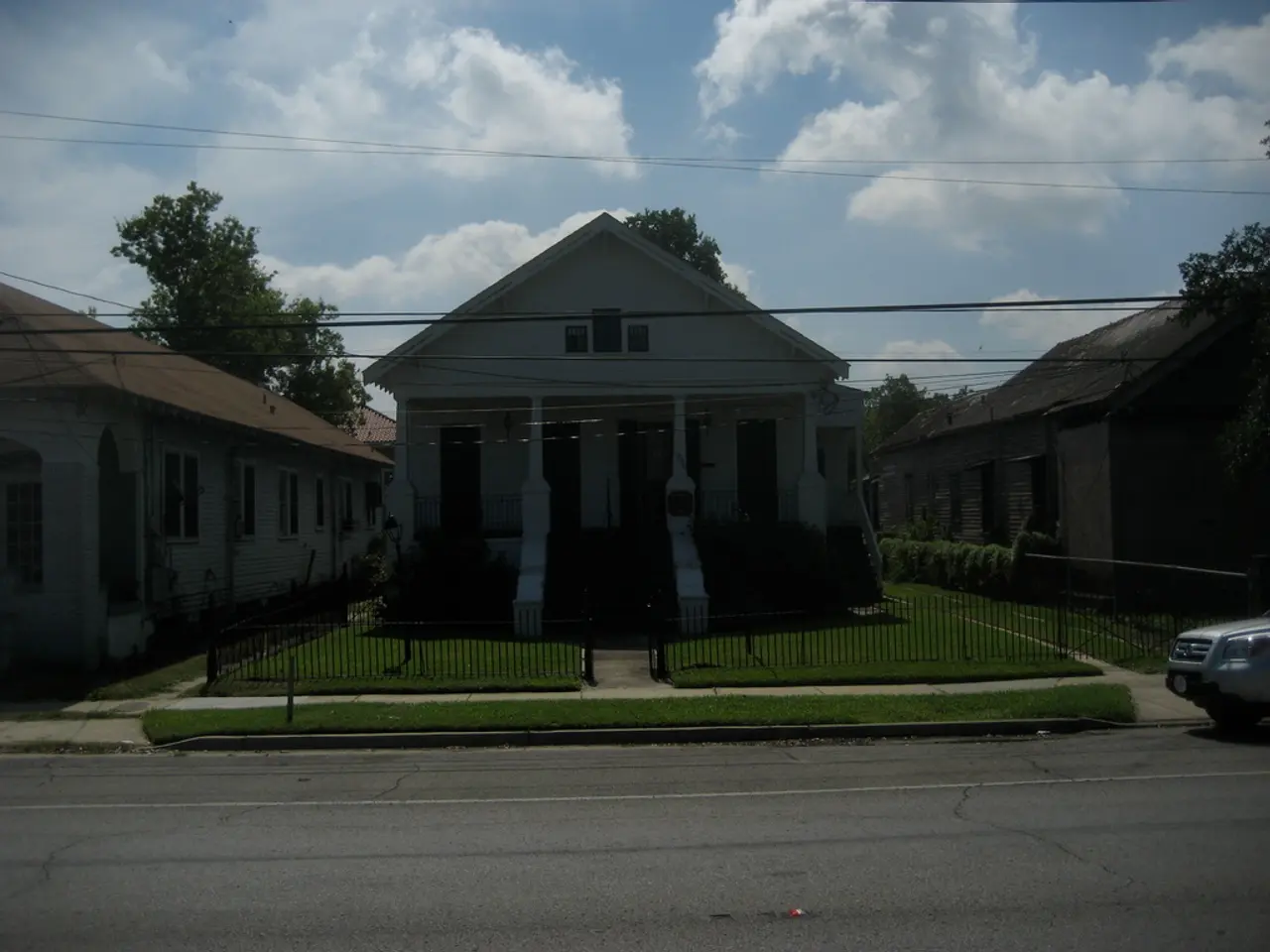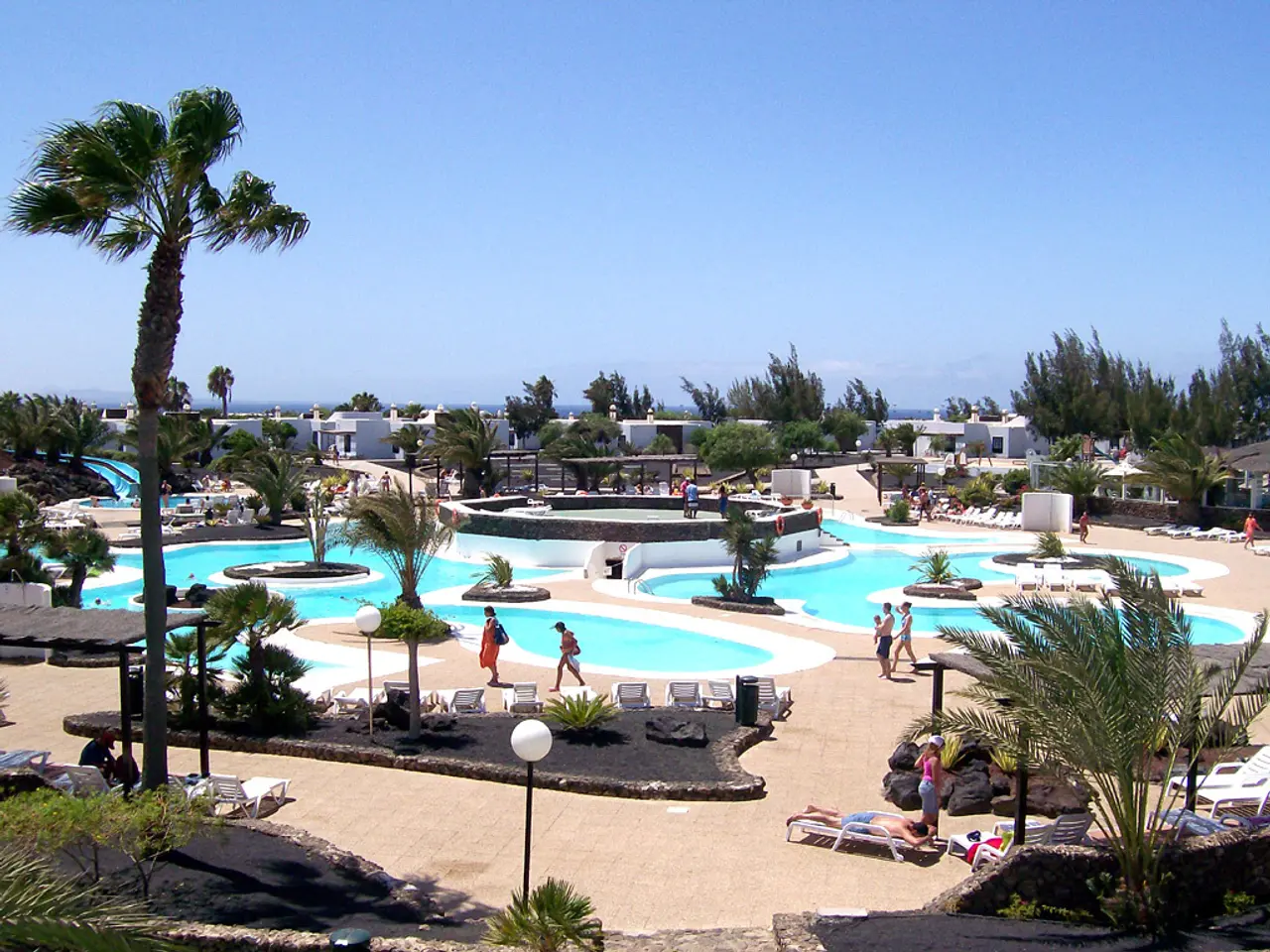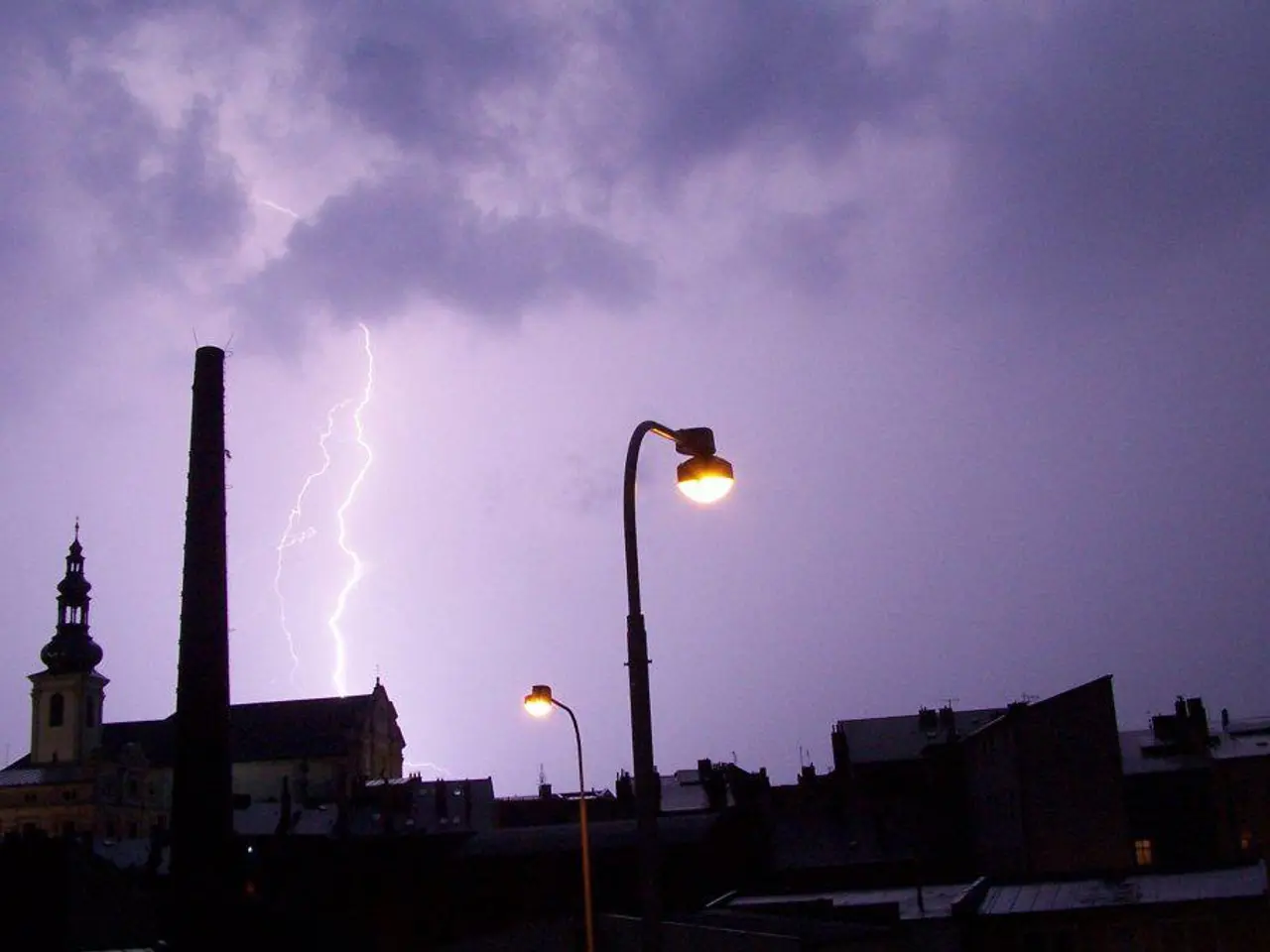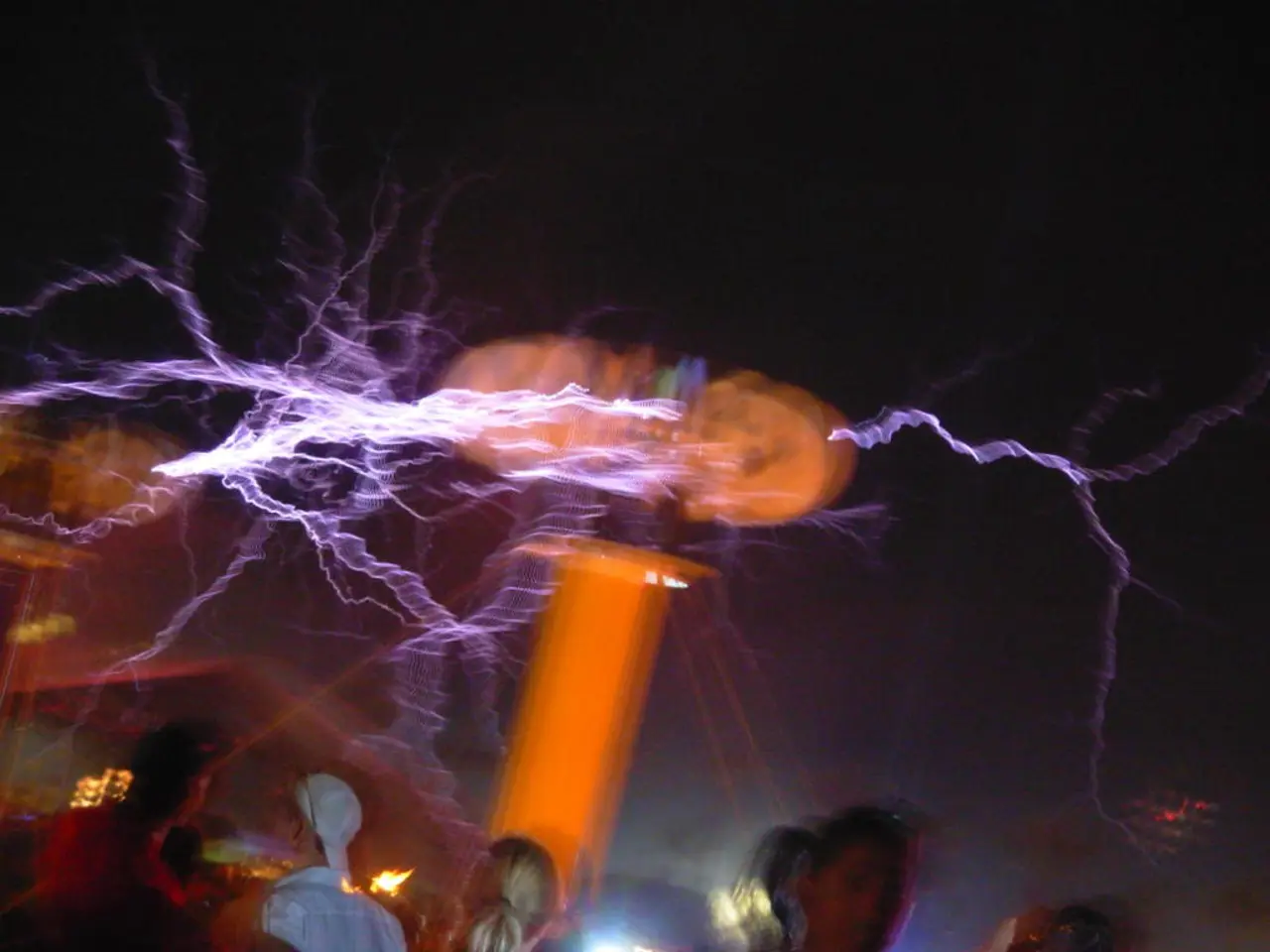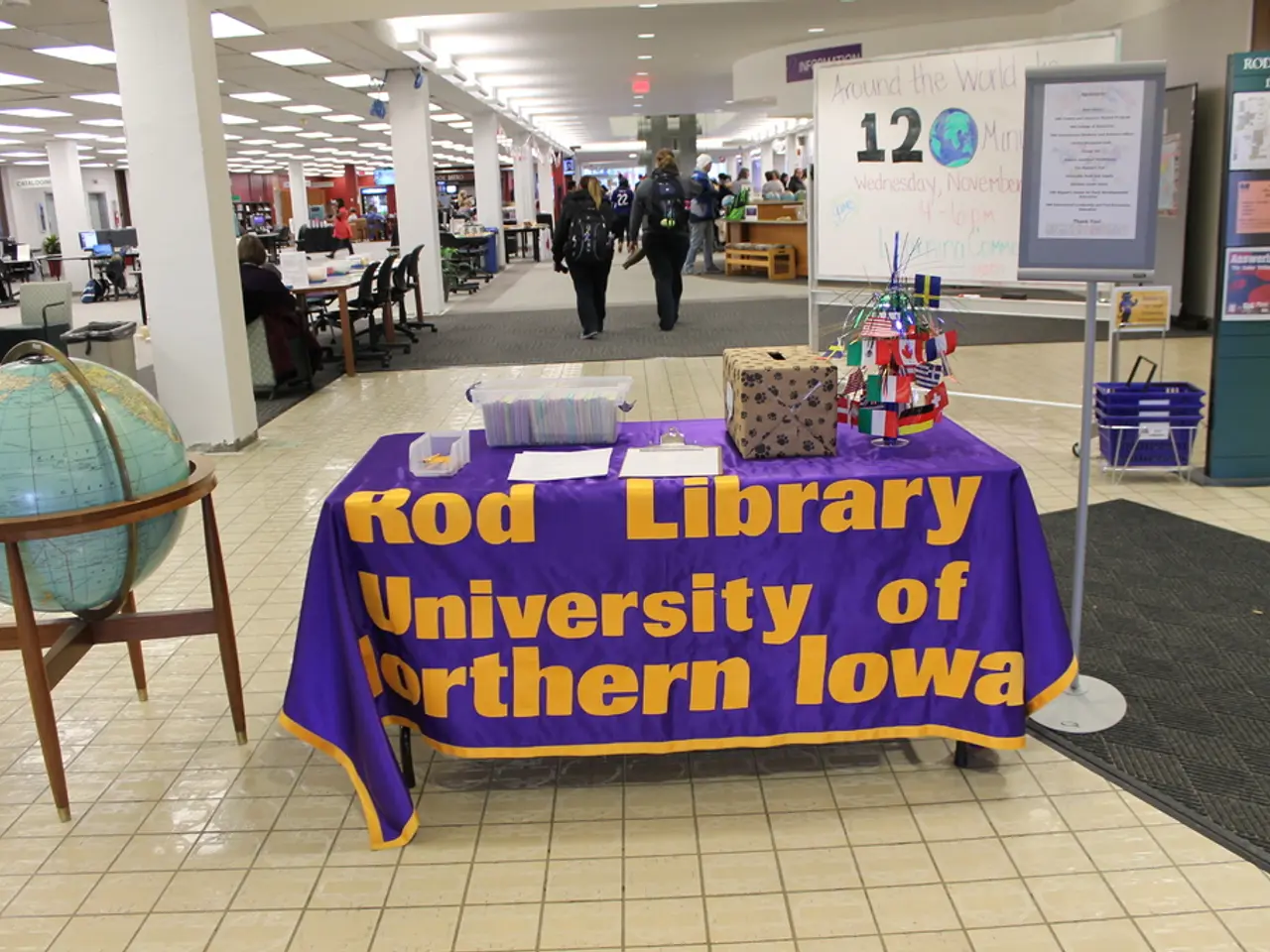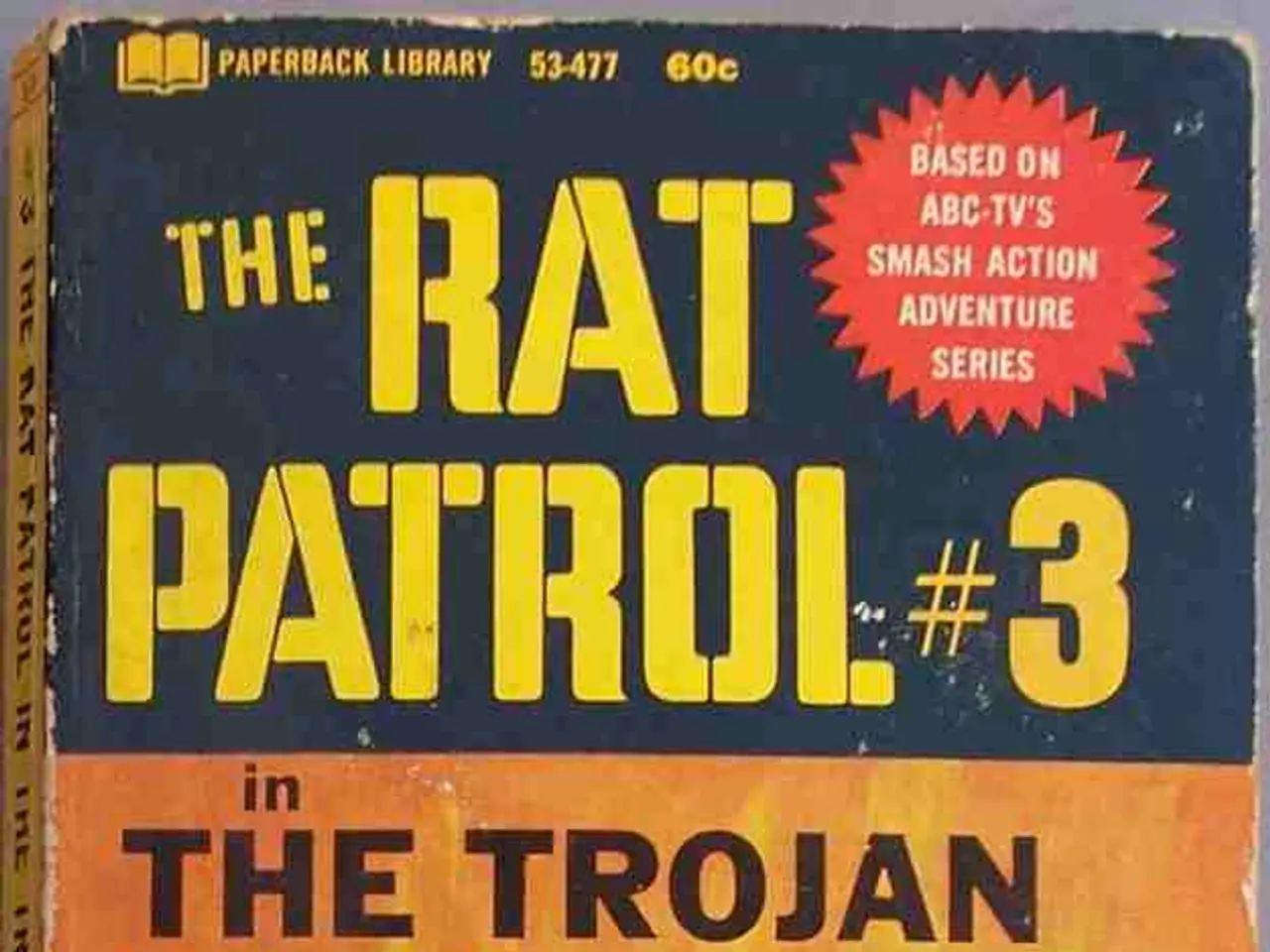Andrei Naliv's Discussion on July 17: Allowable Actions and Limitations, Indicators
Andrei Rublev's Day, observed annually on July 17th, holds a unique place in Russian culture, intertwining Orthodox religious remembrance with ancient agrarian rites and folk beliefs. This day is not just a religious observation, but a celebration steeped in tradition and superstition that reflects the close connection between people, nature, and the agricultural cycle.
The day is named after the renowned icon painter Andrei Rublev, who adorned some of Russia's most significant religious structures, including the Uspensky Cathedral in Vladimir and the Blagoveshchensky Cathedral in the Moscow Kremlin. However, Andrei Rublev's Day is also known as Andrei Naliva in Russian folk culture, with the focus on agricultural rituals and superstitions tied to the summer harvest, particularly oats, a crucial crop at that time.
### Traditional Celebrations and Practices
July 17 marks the time when winter crop ears swell and oats begin to ripen. This agricultural significance led to various traditions and practices associated with oats. Women cooked oatmeal porridge, soups, and baked dishes, while unmarried young women made oatmeal jelly, ate it, and licked the bowls—a ritual believed to hasten marriage. Horses, vital for a successful harvest, were also fed generously, and to protect them from illness, it was customary to let them breathe steam from boiled oat husks.
The day was typically spent working in the fields, clearing and harvesting hay. Rain on this day was welcomed and considered especially beneficial for crops.
### Associated Superstitions and Omens
The ritual consumption of oat dishes was thought to carry magical qualities that influenced personal fortunes, particularly in love and marriage. Rain on Andrei Naliva was viewed as a positive omen that would aid a good harvest. The health and care of horses were deeply tied to the success of summer crops, reflecting agrarian superstitions about animal welfare directly impacting yield.
### Modern Observances
In modern times, Andrei Rublev's Day continues to be celebrated, although its agricultural significance has diminished. It is considered a suitable day for hiking and walks, but not for starting new projects, long-term construction, or renovations. If a long journey is planned, it is better to postpone it until the afternoon.
On Andrei Rublev's Day, it is customary to prepare oatmeal and wake up before dawn. If visiting someone on this day, it is customary to bring gifts. It is not advisable to borrow or lend money on this day as it may lead to financial difficulties.
Andrei Rublev, the icon painter later canonized by the Orthodox Church, was nicknamed "Nalivnoi" due to the tradition of harvesting winter grains on July 17th. His most famous work is the "Trinity" icon, a masterpiece that continues to inspire awe and admiration.
Despite its religious origins, Andrei Rublev's Day remains a fascinating blend of spirituality and practical peasant customs, reflecting the deep-rooted connection between people, nature, and the agricultural cycle in Russian culture.
The weather on Andrei Rublev's Day was considered especially significant, as rain was welcomed and seen as beneficial for crops. Traditionally, oat dishes were believed to carry magical qualities influencing personal fortunes during the celebration.
